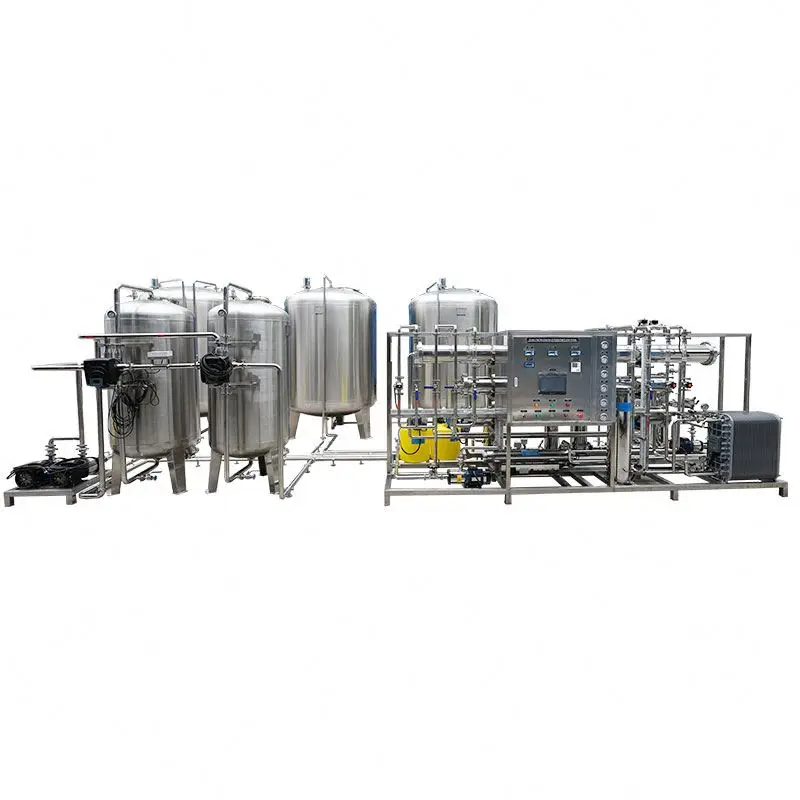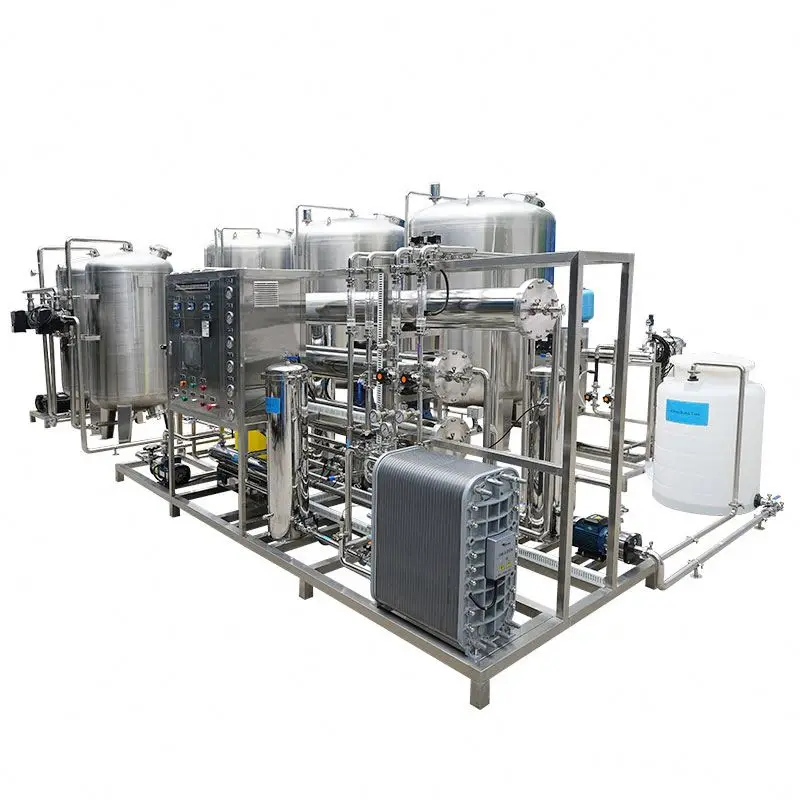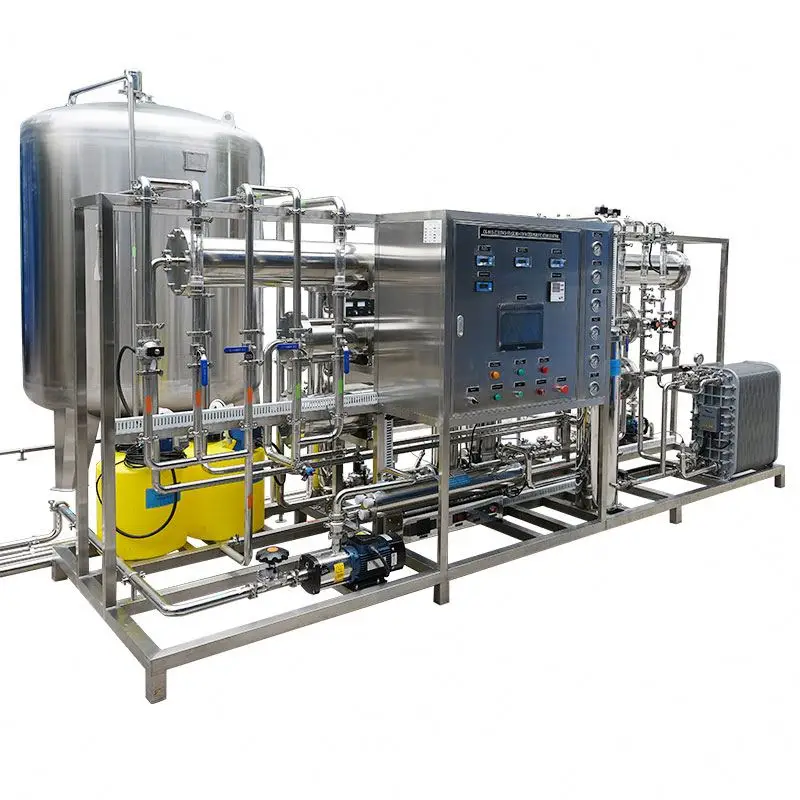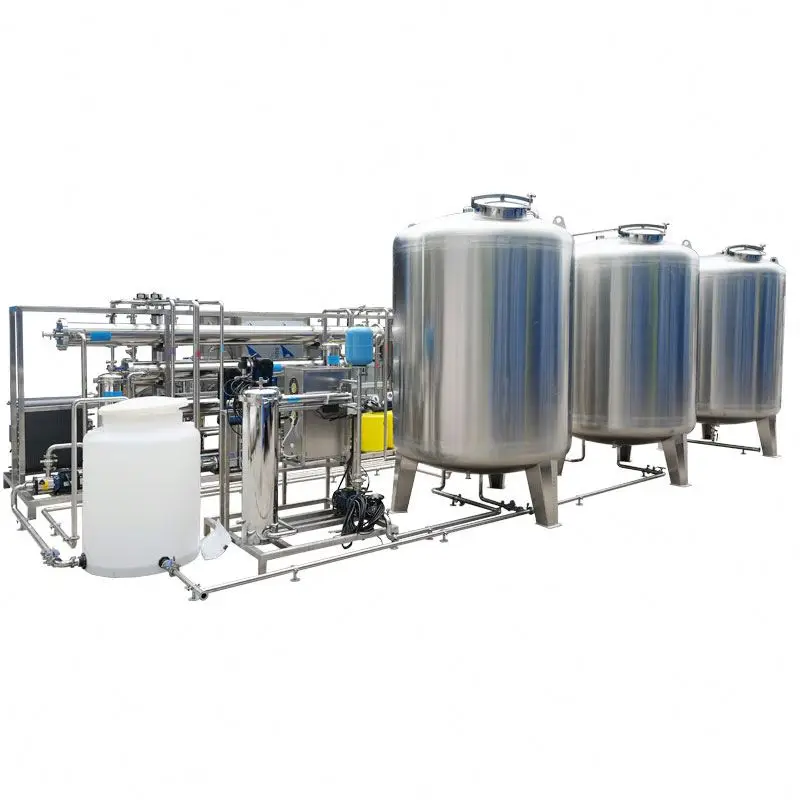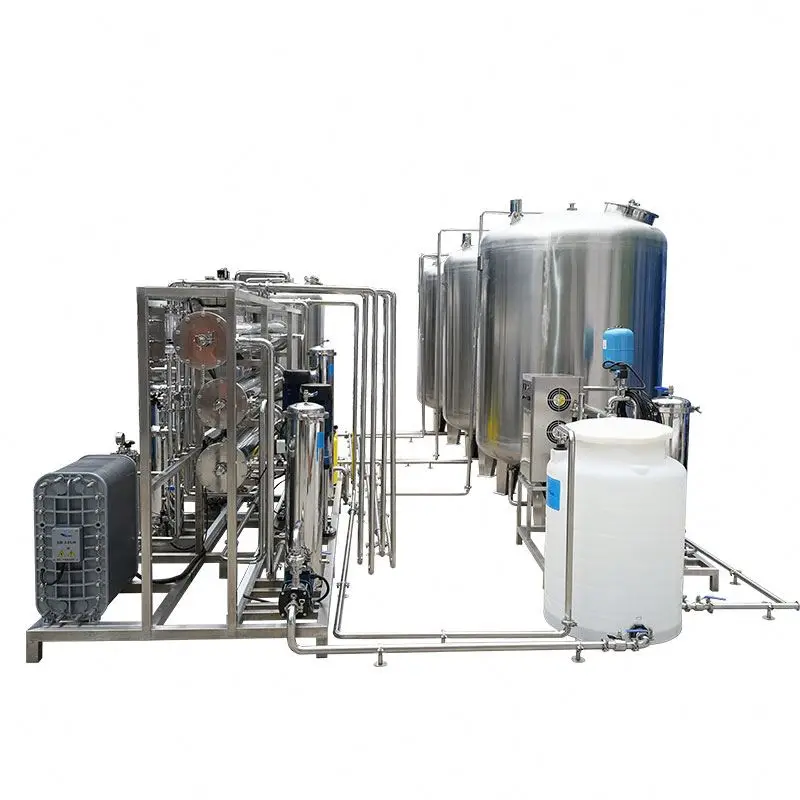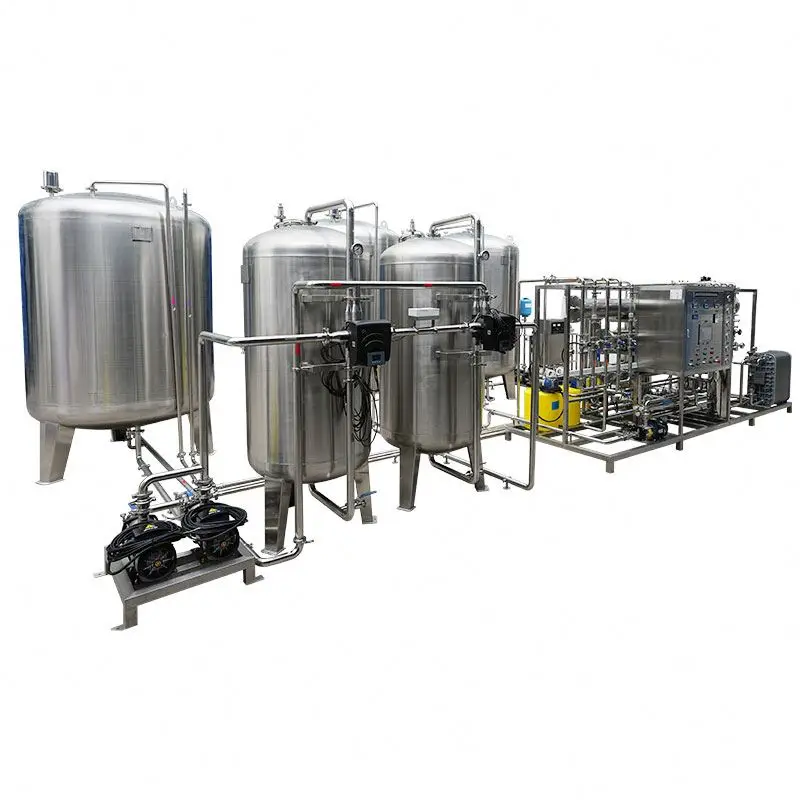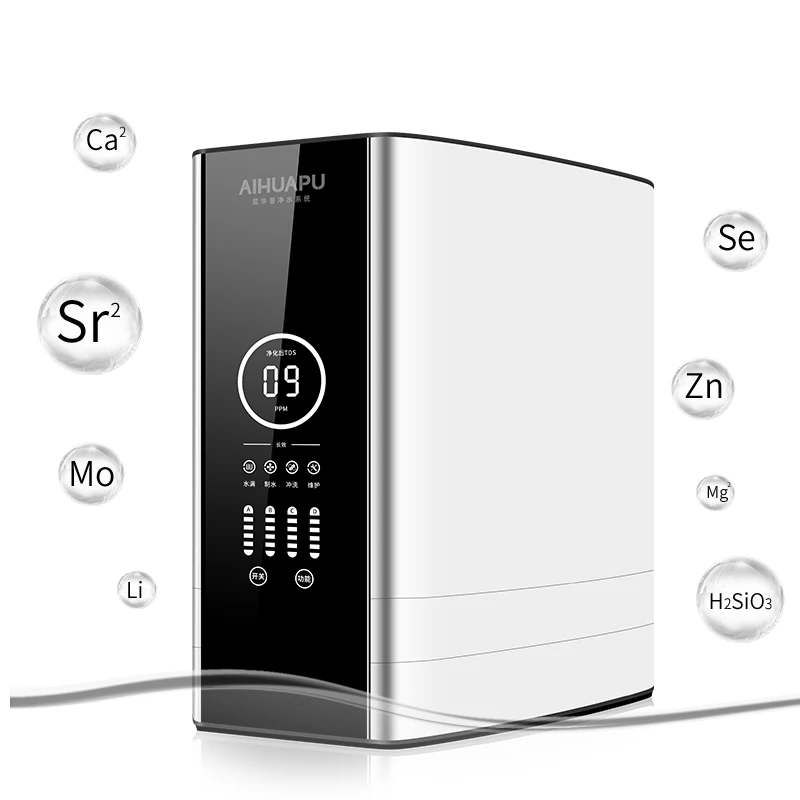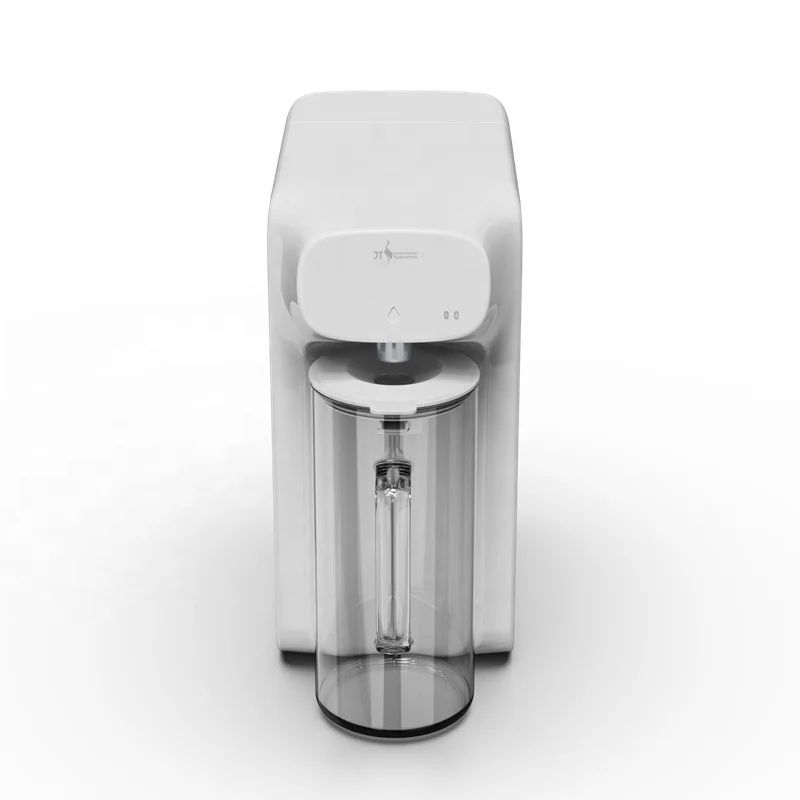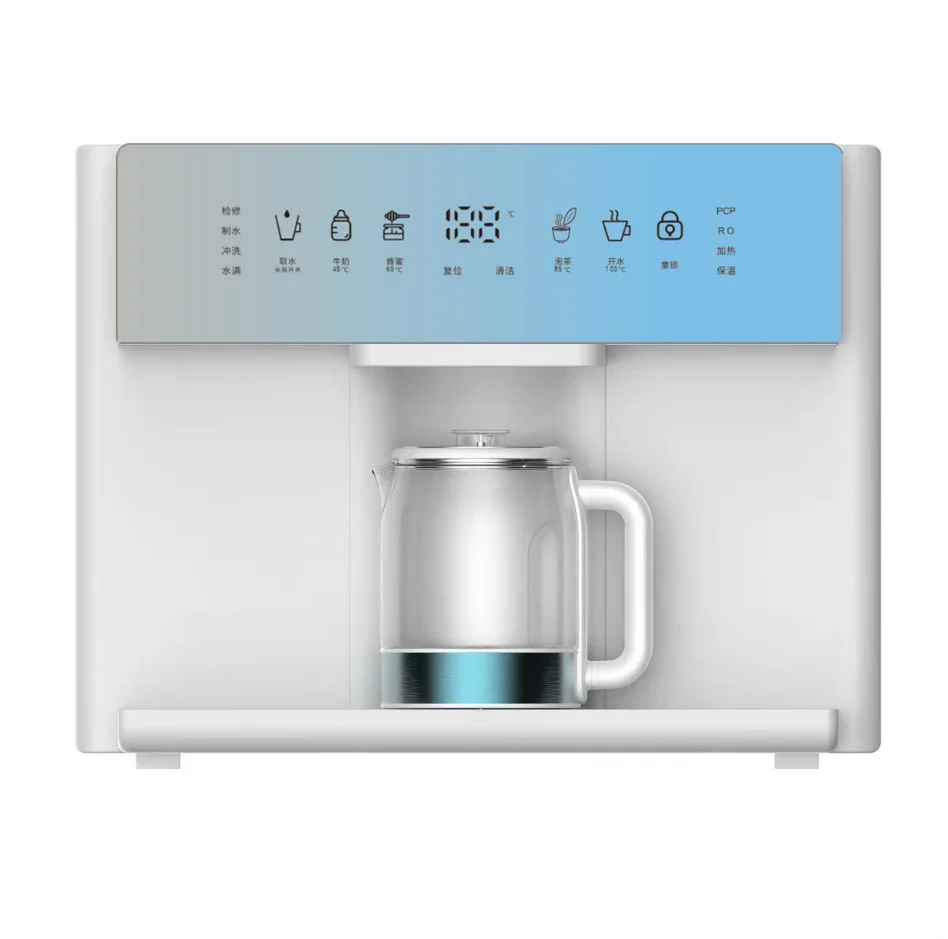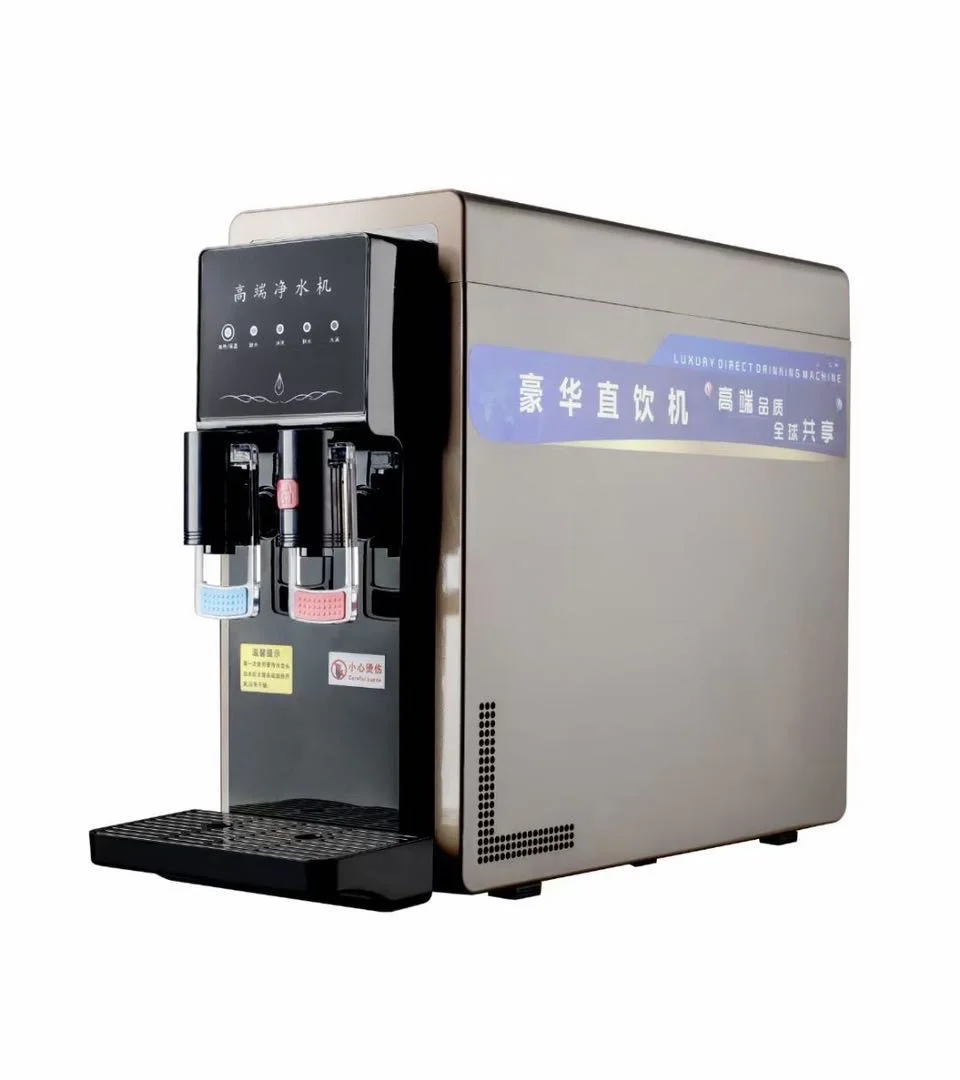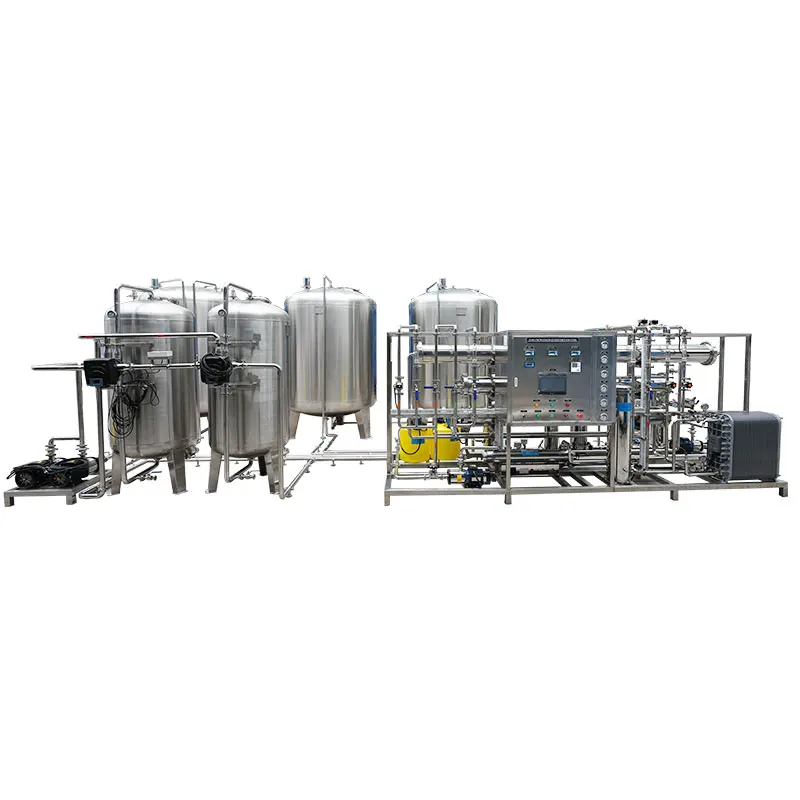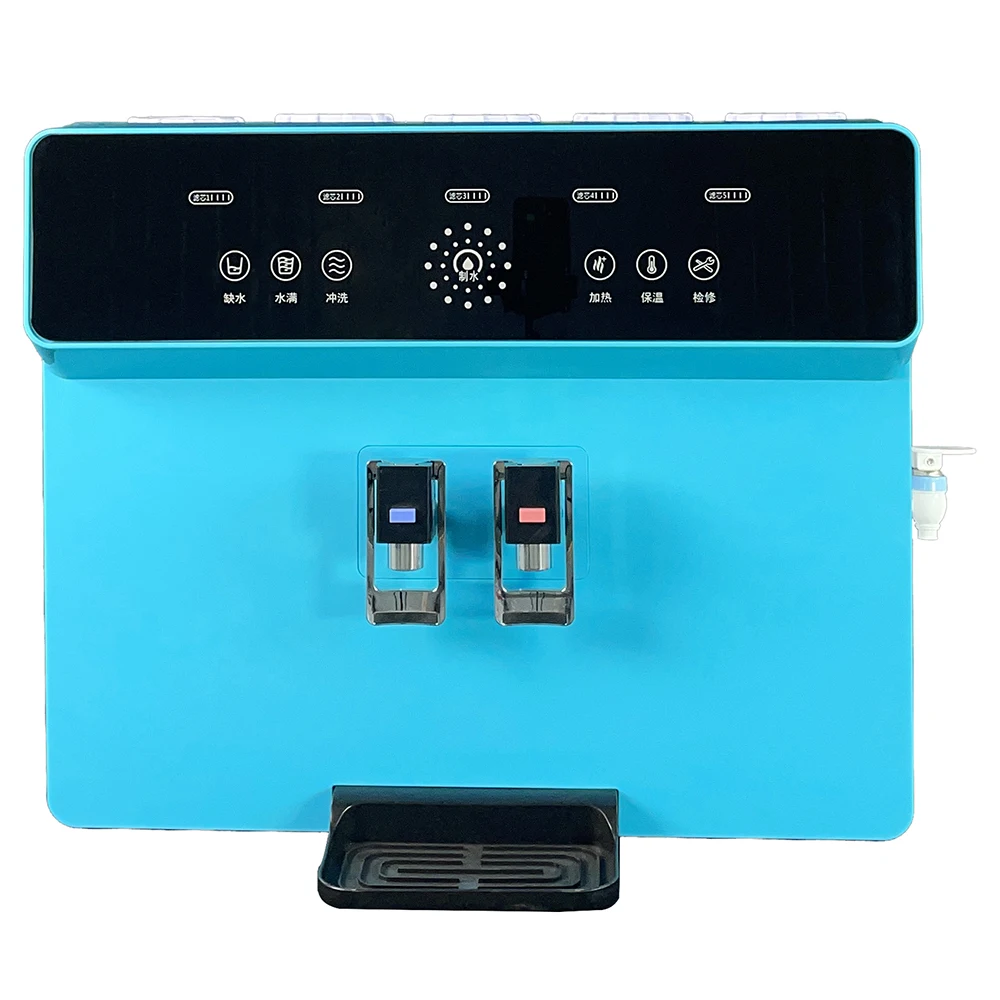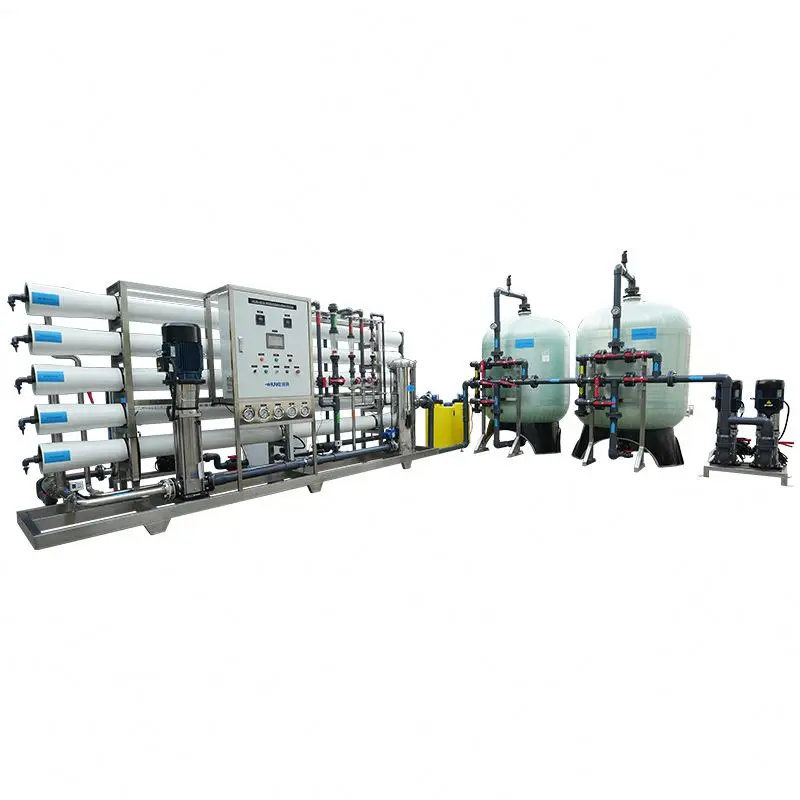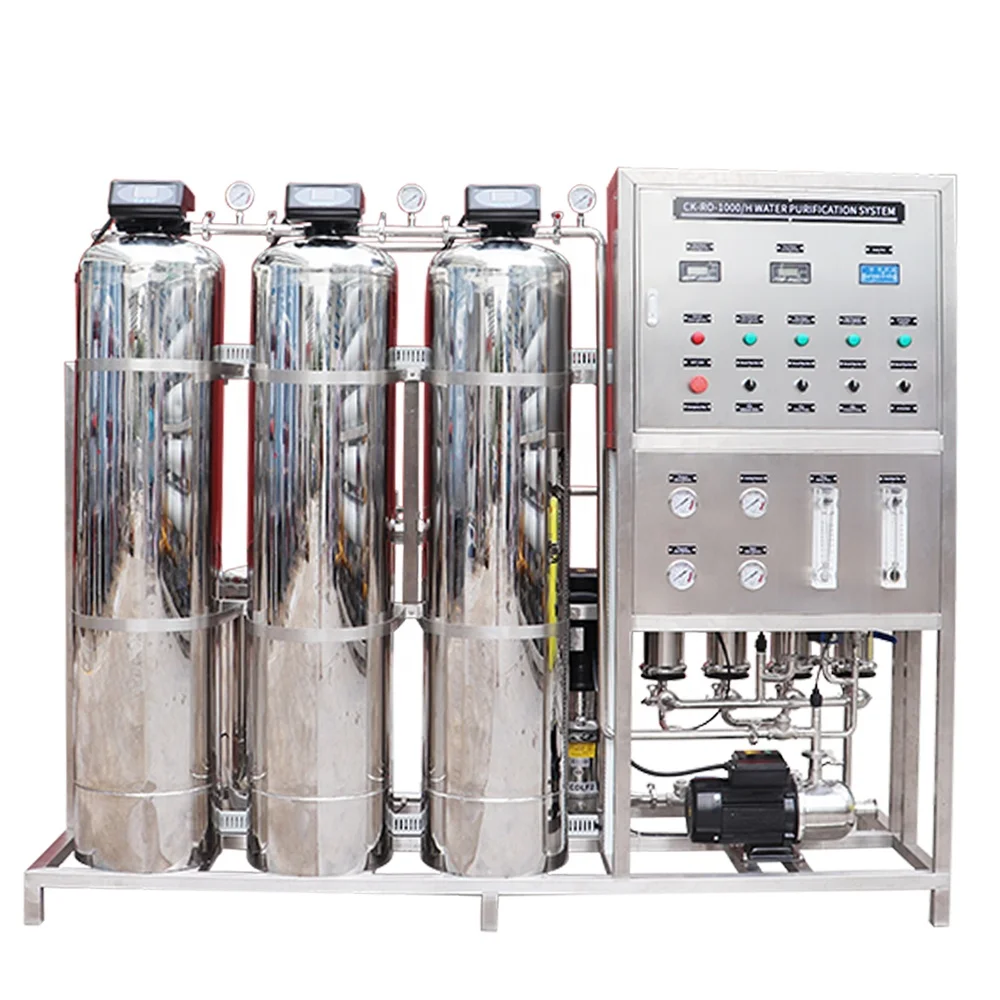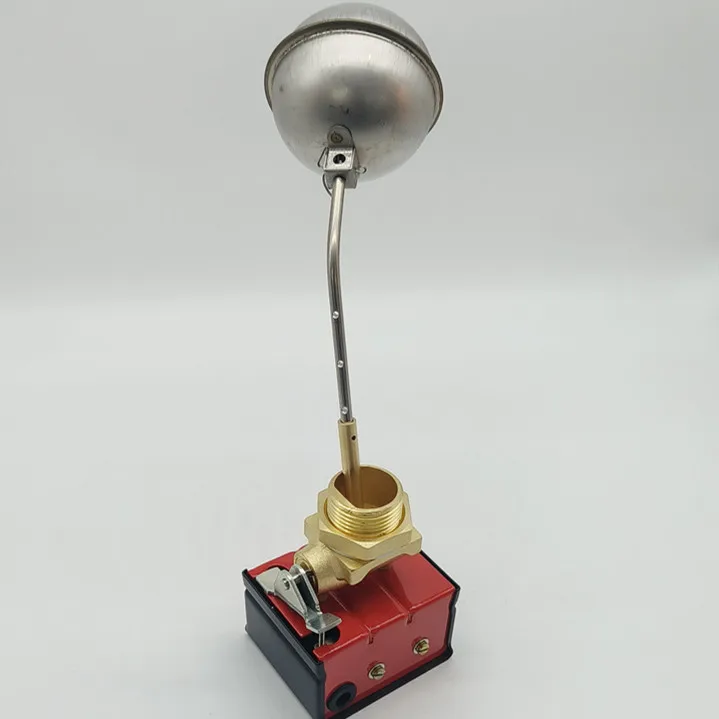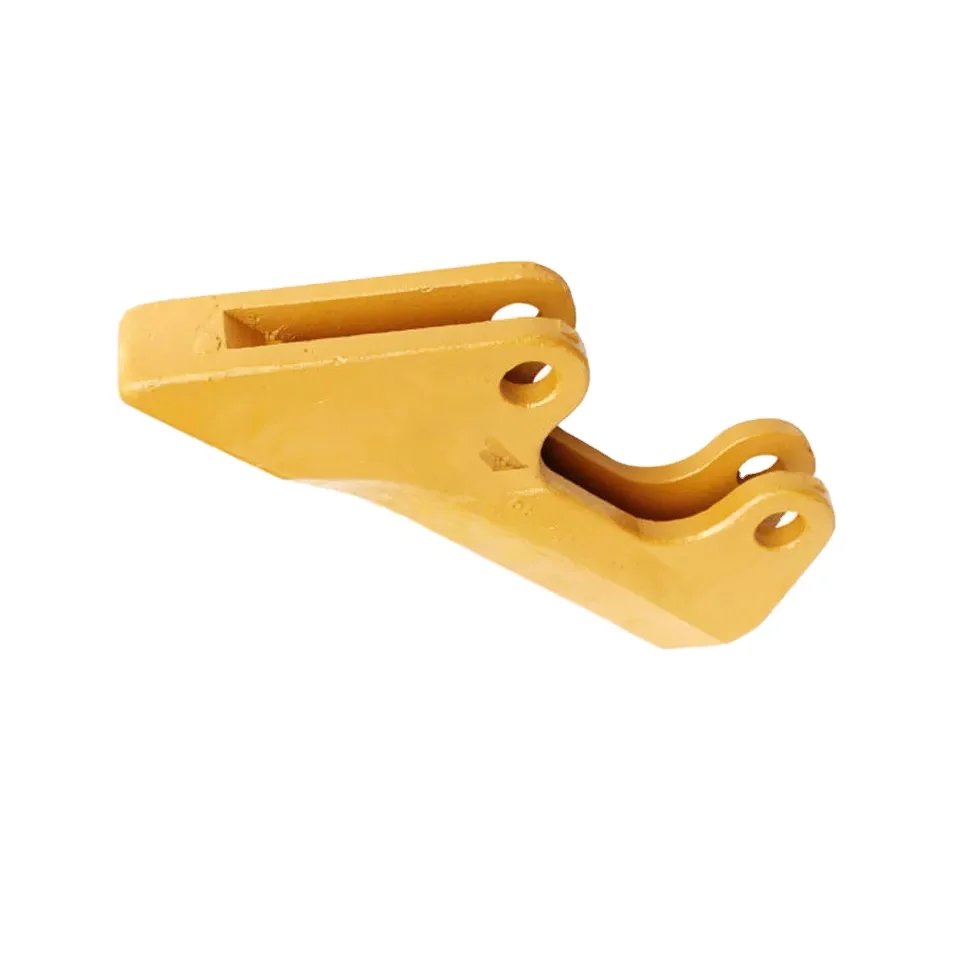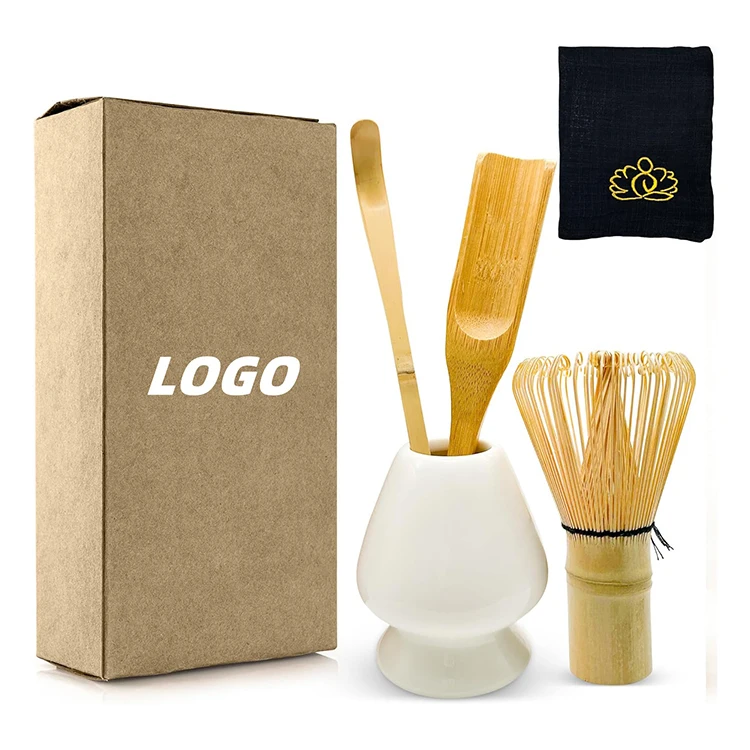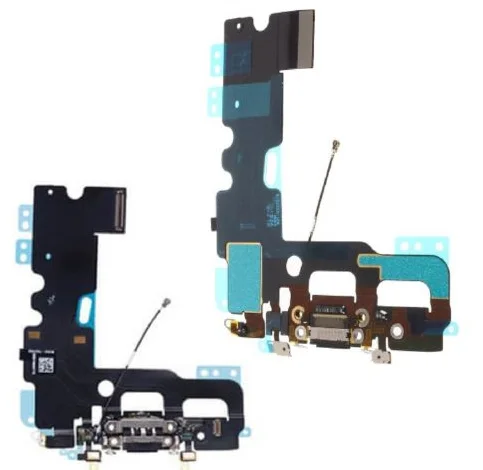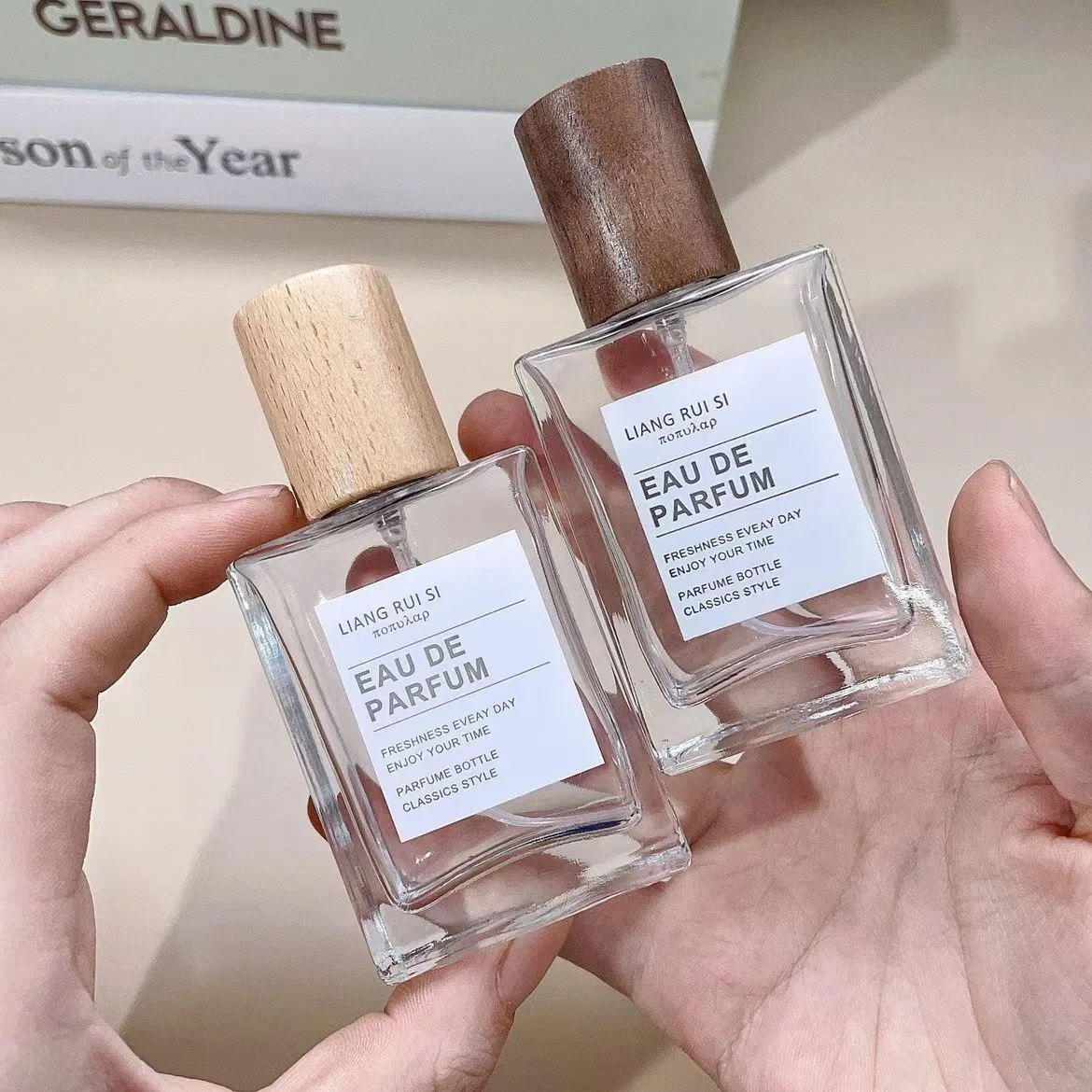Irrigation farm boat sea water purification EDI ultrapure water equipment
- Category: >>>
- Supplier: Guangzhou Chunke Environmental Technology Co. Ltd.Guangzhou Ltd.
Share on (1601026601746):
Product Overview
Description
boat sea water purification
Electrodeionization EDI Ultrapure Water Treatment Plant



| Standard Futers | Available Options |
| Programmable PLC Control | Automatic Flush |
| Motor Starter | Ozone Generator |
| Raw Water Feeding/Booster Pump | UV Sterilizer |
| Stainless Steel Cartridge Filter Housing | Chemical Dosing |
| FRP Membrane Housing | pH Control Monitor |
| Mitsibushi Processor Control | ORP Control Monitor |
| Low Pressure Switch | Remote Control |
| High Pressure Switch | Pretreatment System |
| Liquid Filled Pressure Gauge | Post Deionization Unit |
| Stainless Steel 304 Frame | CIP Membrane Cleaning System |
| Permeate Conductivity Monitor | Touch Screen Control |
| Raw Water Conductivity Monitor | Tank Level Switch |
| Membranes | Customer Logo |
| Control Valves | Double Pass RO |
| Stainless Steel/UPVC Piping | |
| EDI Module |
Electrodeionization EDI Water Treatment System remove ions and ionized matter with electrical potential and electrically active media. EDI Water System can be referred to as “electrolysis moderated ion exchange.” An EDI cell consists of MBIX resins sandwiched between an anion-exchange membrane (AEM) on one side and a cation-exchange membrane (CEM) on the other side, as shown in below .
An EDI water treatment plant module consists of multiple cell pairs (up to 240 cell pairs) stacked end-to-end. The resin spacers in thick cells are 8–10 mm and 3 mm in thin cells in edi water system. DC power is applied to a positive electrode (anode) located on one end of the module and to a negative electrode (cathode), located on the other end at edi water treatment plant. The ion exchange (IX) membrane is ion selective, which means that the cation exchange membranes (CEM) allow only cations to pass through, and anion-exchange membranes (AEM) allows only anions to pass through.
Since the polymer is hydrophobic, it is not permeable to water.So it is very useful for corrosion inhibitor water treatment. Feed water enters the product compartments in parallel, and flows from top to bottom. The product stream flow rate may be increased or decreased within the range given in the specifications to meet the changing usage requirements. Increasing the product water flow rate above the specified range decreases the product water quality. There are two modes of operation: constant voltage and constant current. Because of the direct current that is applied perpendicular to the flow by the electrodes, the anions are driven toward the anode through the selectively permeable AEM.
EDI units are designed to operate with little or no downtime. EDI produces a consistent quality water without the problems and costs of regenerating IX resins and waste neutralization. High-purity water of up to 16.0 MΩ-cm resistivity can be produced with an EDI system using RO permeate of conductivity 1.0 μm/cm as feed water with product water recoveries in the 90–95% range.
Advantages of Electrodeionization EDI Water Treatment Plant
Advantages of the EDI water system as opposed to the conventional systems of ion exchange resin are:
1. Produce high quality of ultra pure water to 16.0-18.0 megohm cm in constant flow.
2. Chemical free (used electricity instead of chemical for regeneration) and environmentally safe.
3. Simple and continuous production instead of batch cycle.
4. Cost effective operation and maintenance.
5. Non pollution. Safety and reliability.
6. Required small footprint operation.
7. No neutralization system needed.
8. Corrosion inhibitor water treatment





FAQ
Q1.Are you a factory or trading company?
B1:At the same time,we take effective measures to control the production process for ensuring the quality of products. Our products are certified.And we can supply SGS,ISO9001,CE certification.
Q2.Where is your factory located?How can I visit there?
A2:Our factory is located in No.8,Suyuanzhuang,Qinghu Village,Junhe Street,Baiyun District,Guangzhou,Guangdong,China. All our clients.from home or abroad,are warmly welcome to visit us!
Q3.What products does your company offer by yourself?
A3:We are specialized in reverse osmosis equipment,ultrafiltration equipment,EDI electric desalination system,sea water
desalination system,water treatment spares,water treatment accessories etc.
Q4.How can I know your machine works well?
A4:Before delivery,we shall test the machine working condition for you.
Q5.What's the information you need to know before order?
A1:What's your raw water?
B1:What's the capacity per hour of the equipment?
C1:What's the application of purifier water?
D1:Do you have raw water quality test report?What's your raw water TDS and hardness? E1:What is the power supply?(Such as 380V/50HZ,220V/50HZ etc;)

We Recommend
New Arrivals
New products from manufacturers at wholesale prices
